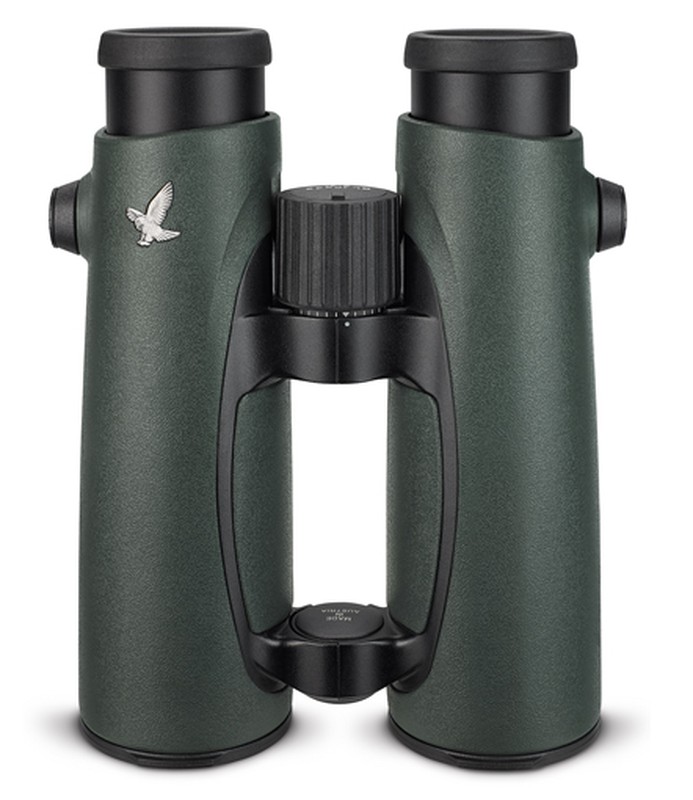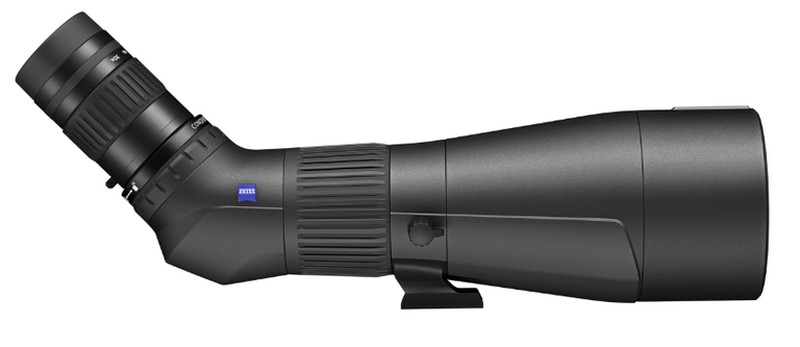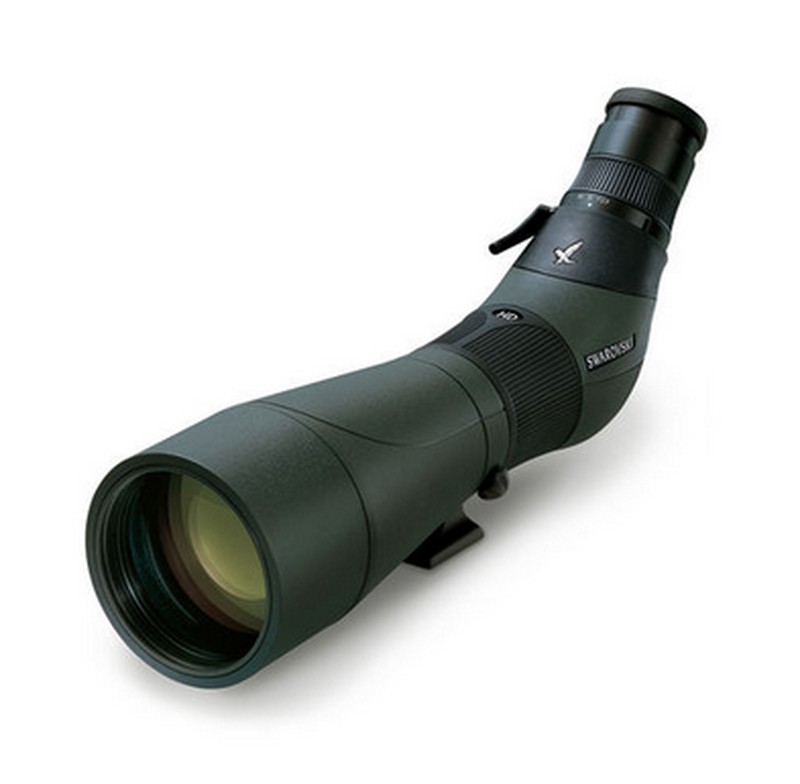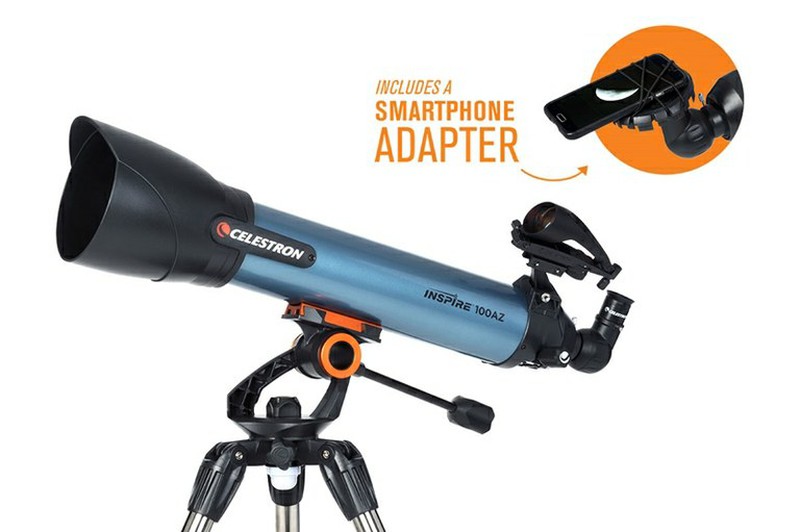Solutions for long-range Earth observation
To get where I want to go and see how far I want to see

Every optical instrument has its own limitations, due to the laws of physics and the optical characteristics of its lenses. Among these limitations we find the maximum range distance, the visual field, the minimum focus distance , etc ...
Perhaps the best known limitation of all is scope, which is intimately related to magnification, which we could also call visual power. It is very common for the client to ask you, how far can I go? Will I be able to see those boats that I have 3-4km away?
Let's take a practical example:
The object is at a distance of 1000m (1Km):
- With 10X we will see the object as if it were at 100m
- With 20X we will see the object as if it were at 50m
- With 45X we will see the object as if it were at 22m
- With 60X we will see the object as if it were at 16.6m
The object is at a distance of 4000m (4Km):
- With 10X we will see the object as if it were at 400m
- With 20X we will see the object as if it were at 200m
- With 45X we will see the object as if it were at 88.8m
- With 60X we will see the object as if it were at 66.6m
We always have to take into account that the higher the magnification, the smaller the visual field and the more focus.
First of all, the user has to ask himself, what he wants to observe and from where he wants to observe it. So we differentiate between long / short range observation and mobile / fixed observation.
For long-range observation we need an optical instrument that provides us with sufficient magnification or power to bring the visualization of that particular object closer to an optimal observation distance. In short, we need more increases. For this type of observation a fixed observation point is recommended either in the field or at home and also stabilize the instruments with a tripod .
In long range observation we are going to need a range between 12 and 100 increases . For ranges between 12 and 20X we can use powerful , terrestrial and astronomical binoculars . On the other hand, for a potential greater than 20X, we will use a terrestrial telescope or an astronomical refractor telescope adapted to terrestrial observation.
Long-range binoculars are those that provide us with a range of magnifications between 12X and 20X . Another distinctive feature is the large aperture , always greater than 50mm and up to 80mm . They are large binoculars, normally weighing more than 800-900gr in "terrestrial" binoculars and greater than 1kg in "astronomical" binoculars. For this reason, the use of a tripod is always recommended. If we did not use it, the image would move too much, we would not be able to focus on the desired object and finally we would end up with a very tired arm after a few minutes.
This type of binocular is used in hunting , to wait and observe targets at a great distance in valleys or forests. There is also the case of large binoculars for landscape and horizon observation , installed permanently in viewpoints and places of tourist interest.
Another type of long-range binoculars are astronomical ones. To observe the moon and also the different constellations .
The Terrestrial Telescope is the ideal instrument for long-range fixed observation. In this instrument there is the possibility of having fixed magnification and variable magnification or zoom. The most common ranges are between 15 and 70X . The aperture is over 50mm and can go up to 95mm on the brightest models. Let us remember that the more aperture, the more luminosity and also that according to the optical treatment of the lenses, we will reach an optimal optical quality, especially with those ED and HD treatments .
Its use focuses on long-range, fixed observation on a tripod , either at home, at surveillance points or while waiting in natural areas or in the mountains for hunting. Its use is very widespread among ornithologists, forest rangers, rural agents, etc ... since it is a perfect instrument for the observation and control of fauna without causing discomfort or suspicion to animals.
An astronomical telescope can also be used for ground observation, albeit with a few preliminary considerations. It must be a refractor model and always use an inverting image prism , since astronomical telescopes show us an inverted image by default.
With an astronomical telescope we will gain in magnification, which can exceed 100X and also in aperture, which can vary between 60 and 102mm . The magnification will depend on the focal length of the telescope and the focal length of the eyepiece used. In this case the observation must always be fixed, mounted on the tripod that comes standard and under an altazimuth mount , which will be easy to handle and guide.










Opinions of our clients
Receive our news